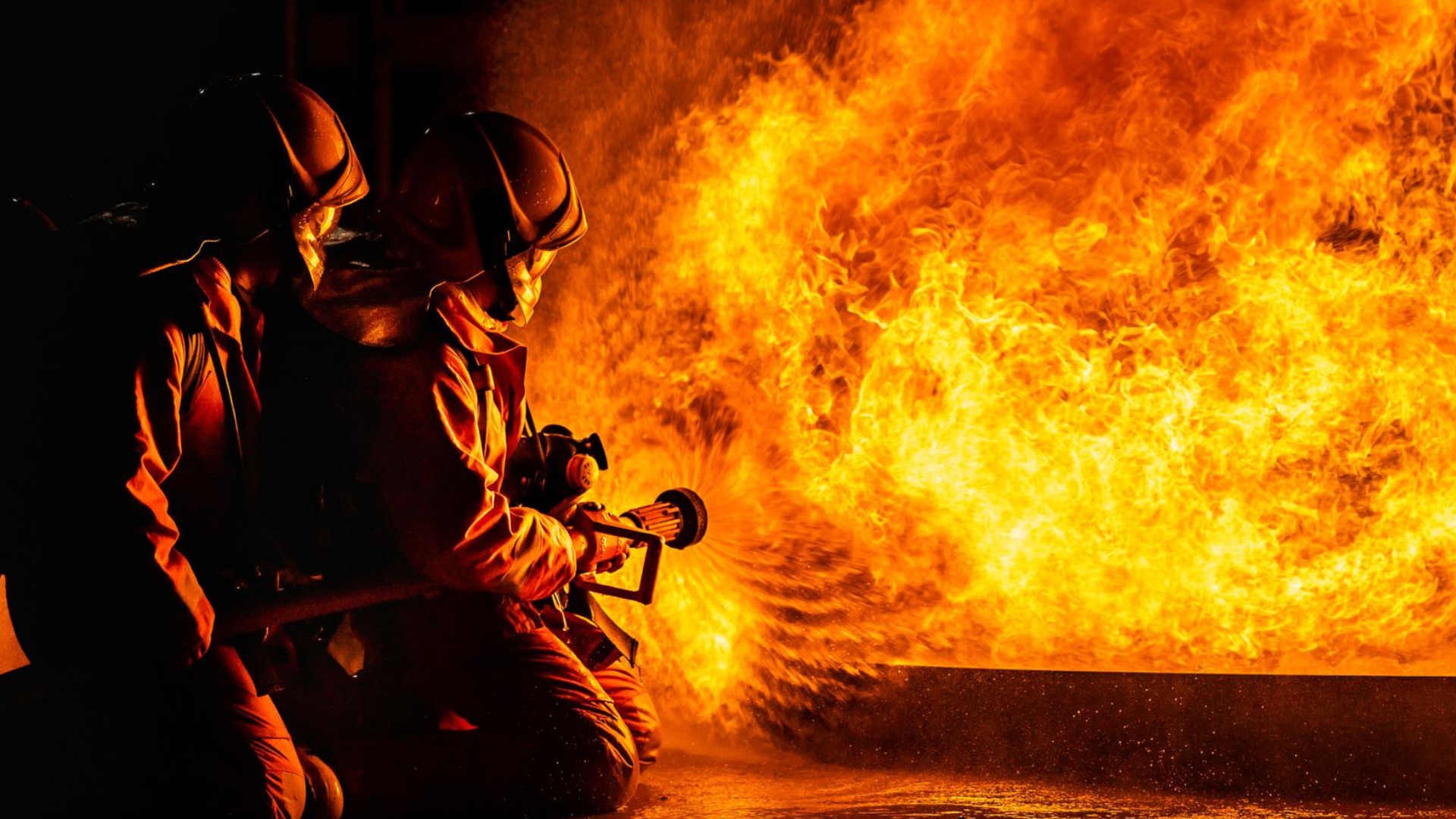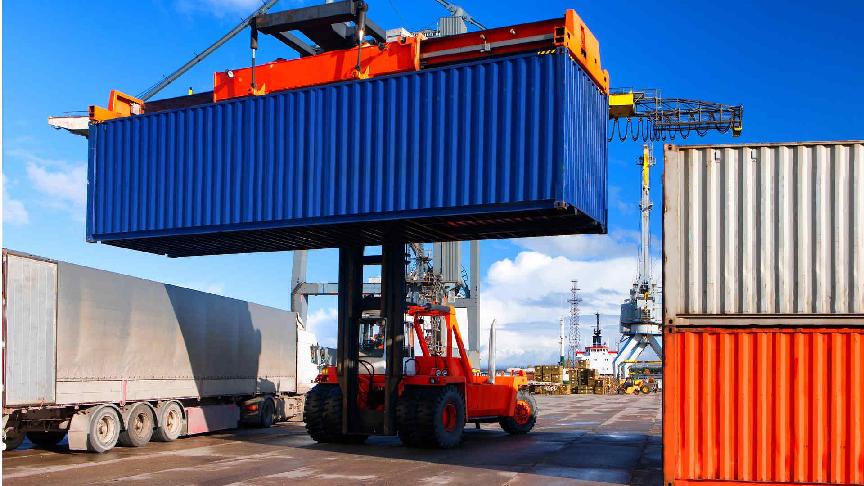3 July 2025 (lloyd's List) - SEVERAL high-profile incidents on containerships in the past few weeks have reminded shipping just how devastating fire can be.
American P&I Club global loss prevention director William Moore said fire remained “one of the most, if not the most” significant hazards for vessels.
But as Moore pointed out, it’s not just something that has “flared up recently”, despite the devastating fire that ripped through Wan Hai 503 (IMO: 9294862) leaving four seafarers missing.
Lloyd’s List Intelligence casualty data records 126 container fire incidents aboard containerships since 2005. A total of 15 persons, mostly vessel crew members, perished due to the outbreak of fires within freight containers with a further 67 persons being injured, including crew members and stevedores at ports.
In July last year, a Filipino rating lost his life after an explosion in a container stowed on deck in the forward part of the vessel caused fire to spread on the almost new 5,500 teu boxship Maersk Frankfurt (IMO: 9969065).
The Maersk-chartered ship was sailing off the coast of India towards Sri Lanka. The cause of the fire, which raged for four days, has not yet been made public by the vessel’s flag state — Panama. The vessel was later returned to service after repairs which lasted four months.
In 2019, the 1,600 teu KMTC Hongkong (IMO: 9157753) was alongside at Laem Chabang port when fire broke out inside a container loaded with undeclared hazardous chemicals.
Fire swiftly spread to other containers, which had also not been declared as being laden with hazardous chemicals.
More than 100 port workers had to be hospitalised for either shrapnel wounds from exploding containers, burns or smoke inhalation.
While the fire was extinguished relatively swiftly the 1998-built boxship was declared a total loss and was subsequently sold for recycling.
A year prior to the KMTC Hongkong incident, five crew members died after fire spread from a container in a cargo hold of the 15,000 teu Maersk Honam (IMO: 9784271).
The 2017-built ship was transiting the Arabian Sea bound for the Suez Canal at the time of the incident.
The severity of the fire meant that its cause has not been conclusively determined, but it is thought to have originated from a container of undeclared sodium dichloroisocyanurate dihydrate.
The forward section of Maersk Honam, including the crew accommodation block, was so badly damaged it had to be recycled but a new section was built to enable the ship, renamed Maersk Halifax, to return to service.
The Lloyd’s List Intelligence data shows that fires on containerships have been at relatively steady levels since 2005, peaking at 10 per year but usually hovering around the five to seven mark.
TT Club managing director of loss prevention Michael Yarwood said his company’s data displayed similar results. Though incidents might come in twos and threes, broadly that 60-day frequency had remained fairly stable for some time.
With more cargo being moved on containerships than ever before, stability may be considered an achievement. But when other causes of casualty have declined considerably (the dry bulk sector for example has seen its casualties plummet in recent years), the persistent frequency of fire on board containerships is a worry.
Lithium-ion batteries have dominated headlines recently when it comes to containership, and indeed ro-ro vessel, fires.
American P&I Club’s Moore explained that brand new electric vehicles with low charged batteries present a relatively low risk. But when secondhand cars with batteries with a higher state of charge are shipped, the risk mounts up. It is often used cars that are shipped on containerships, rather than in ro-ro type vessels.
World Shipping Council chief executive Joe Kramek said that many of his organisation’s members refused to ship used EVs entirely, or if they did, stored them on a different deck with the batteries disconnected if using ro-ro ships.
But while lithium-ion batteries have been linked to numerous claims recently, along with other hazardous cargoes such as charcoal, the catch-all cause of container fires appears to be misdeclaration.
“Misdeclaration and non-declaration of certain goods is a huge risk of incident,” Yarwood said.
Yarwood explained that even if those hazardous goods are not the main cause of the fire itself, they can become involved and worsen the blaze if the crew remain unaware of their existence.
He said TT Club had been approaching the misdeclaration problem from an educational perspective, trying to reach shippers and explain just how dangerous it can be when a hazardous cargo is stored, especially below decks.
Kramek was less charitable in his assessment.
“You know what the root cause of misdeclaration is? It’s unscrupulous shippers not wanting to pay the extra cost for hazardous cargo handling.”
He explained that WSC was launching a new programme with the US’ National Cargo Bureau, which will use AI machine learning to identify anomalous bills of lading and suggest those containers for inspection.
“The regulations are out there, they’re just being ignored,” Kramek told Lloyd’s List.
He likened the current scenario to having an unenforced speed limit, and “what we’re trying to do is put a speed camera in there”.
“I think what we’re learning is the incentive to lie is very high unless we put some additional controls in place.”
At the centre of this conversation are seafarers, who have a risky enough job as it is. In the recent case of Wan Hai 503 four seafarers are still missing nearly a month after the fire first broke out.
But even if they escape from often vicious blazes — as Kramek pointed out, there is nowhere to escape to on a ship — they can then face prosecution by coastal states.
This criminalisation was commonplace when it came to illicit cargo smuggling cases, but now was creeping into dangerous goods cases too, Kramek said.
“It’s totally unacceptable,” he said.
“They don’t pack those containers. They only know what’s in them based on what the shipper tells the container line.”
“Can you imagine if a commercial airliner caught on fire because someone mis-declared air cargo and there were some lithium batteries in the hold. Are they going to arrest the captain, first officer and air crew and imprison them? They’re absolutely not. So why is this happening in maritime to seafarers?”
Moving goods by sea is a dangerous job as it is. It could be made a lot safer if relatively straightforward regulations were followed and properly enforced.
Only then might that 60-day average start to stretch out and display some of the safety gains shipping has made in other areas.







